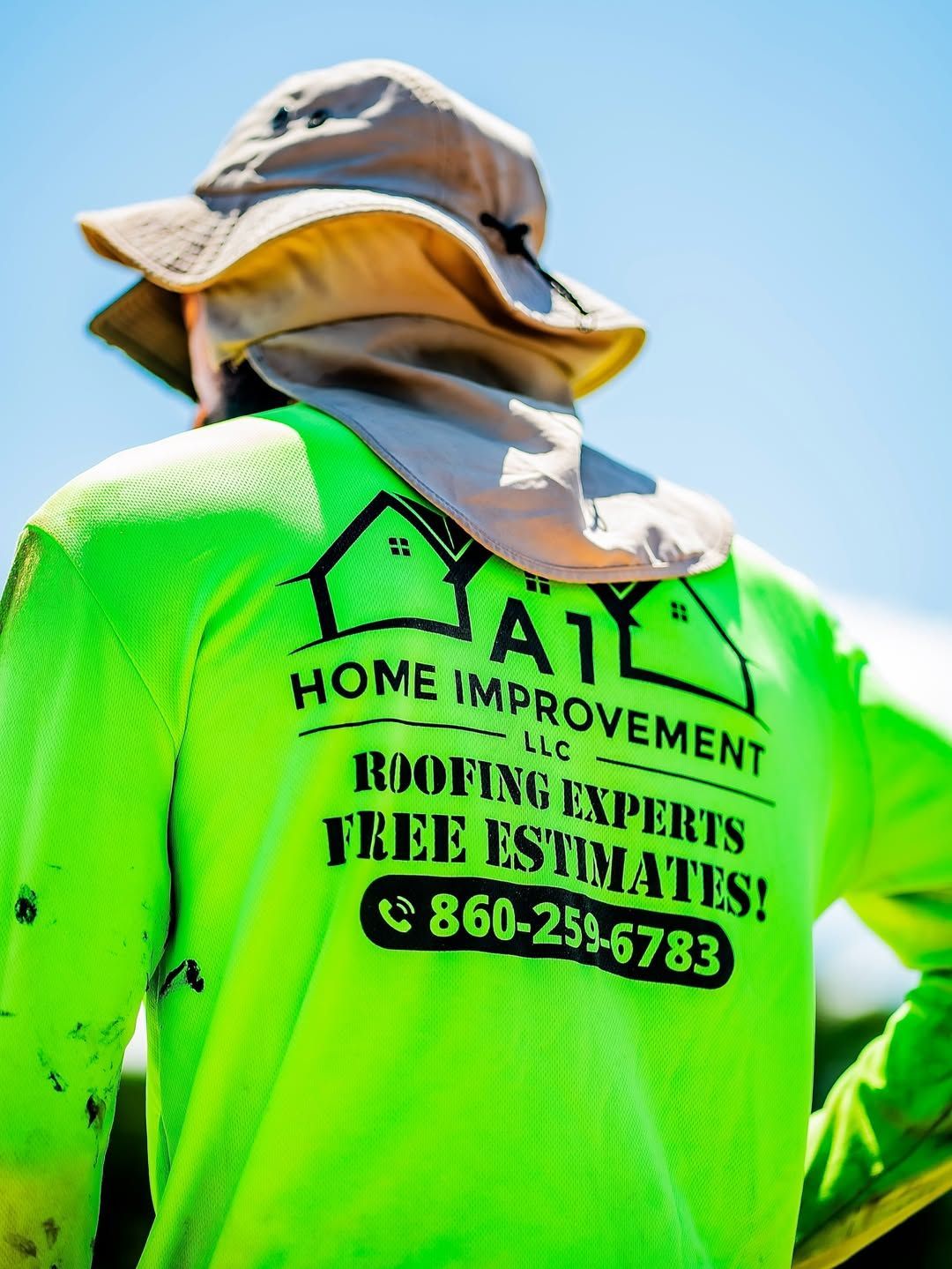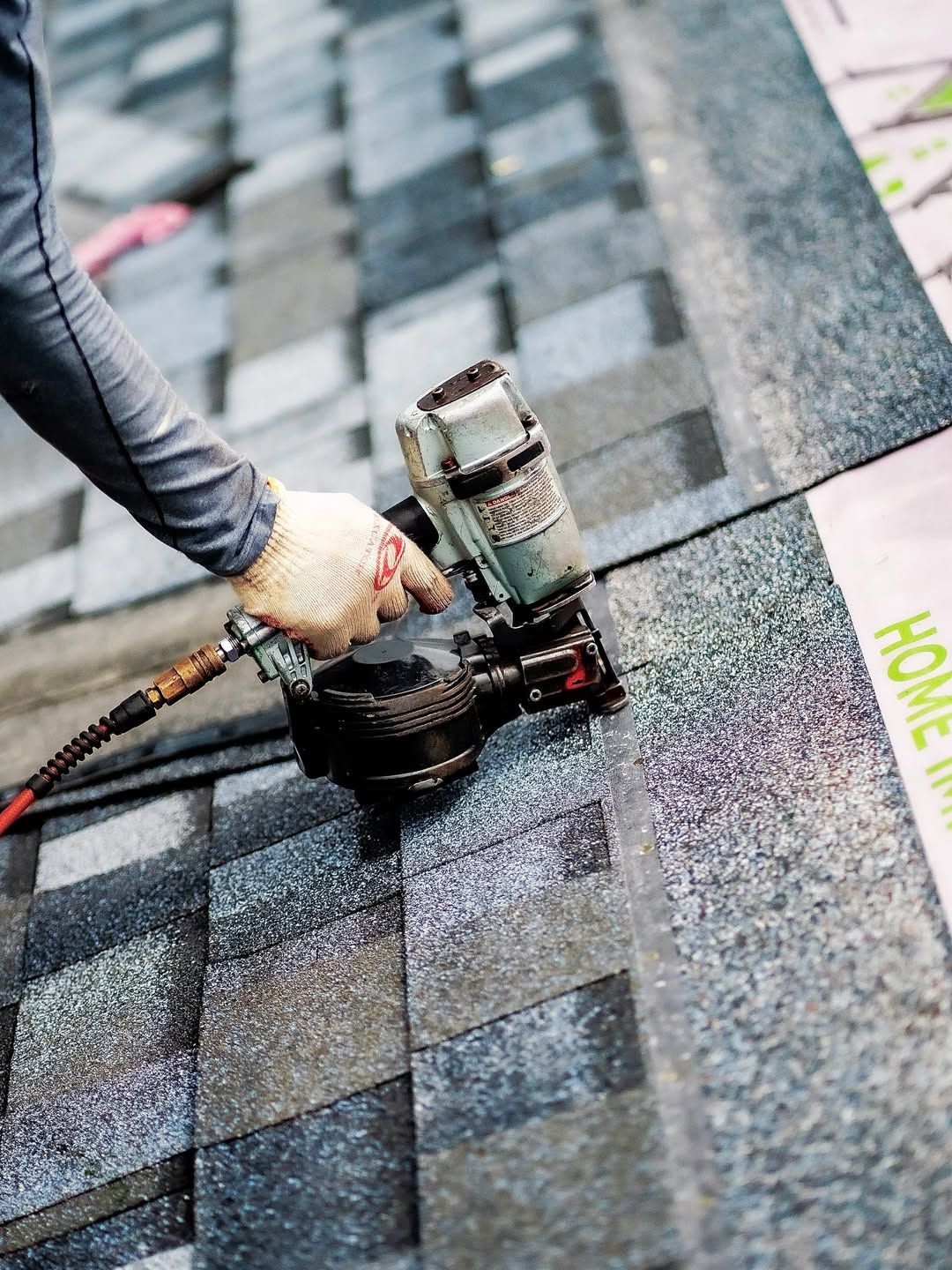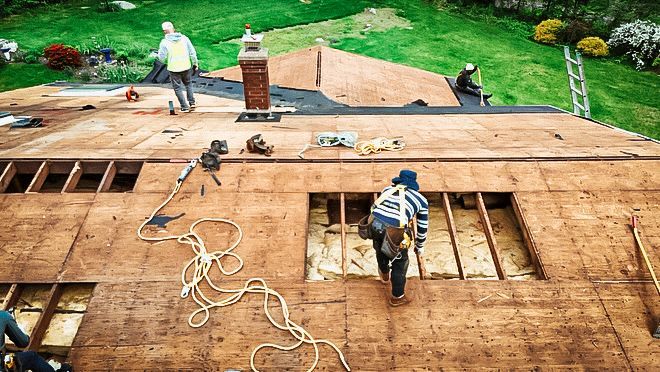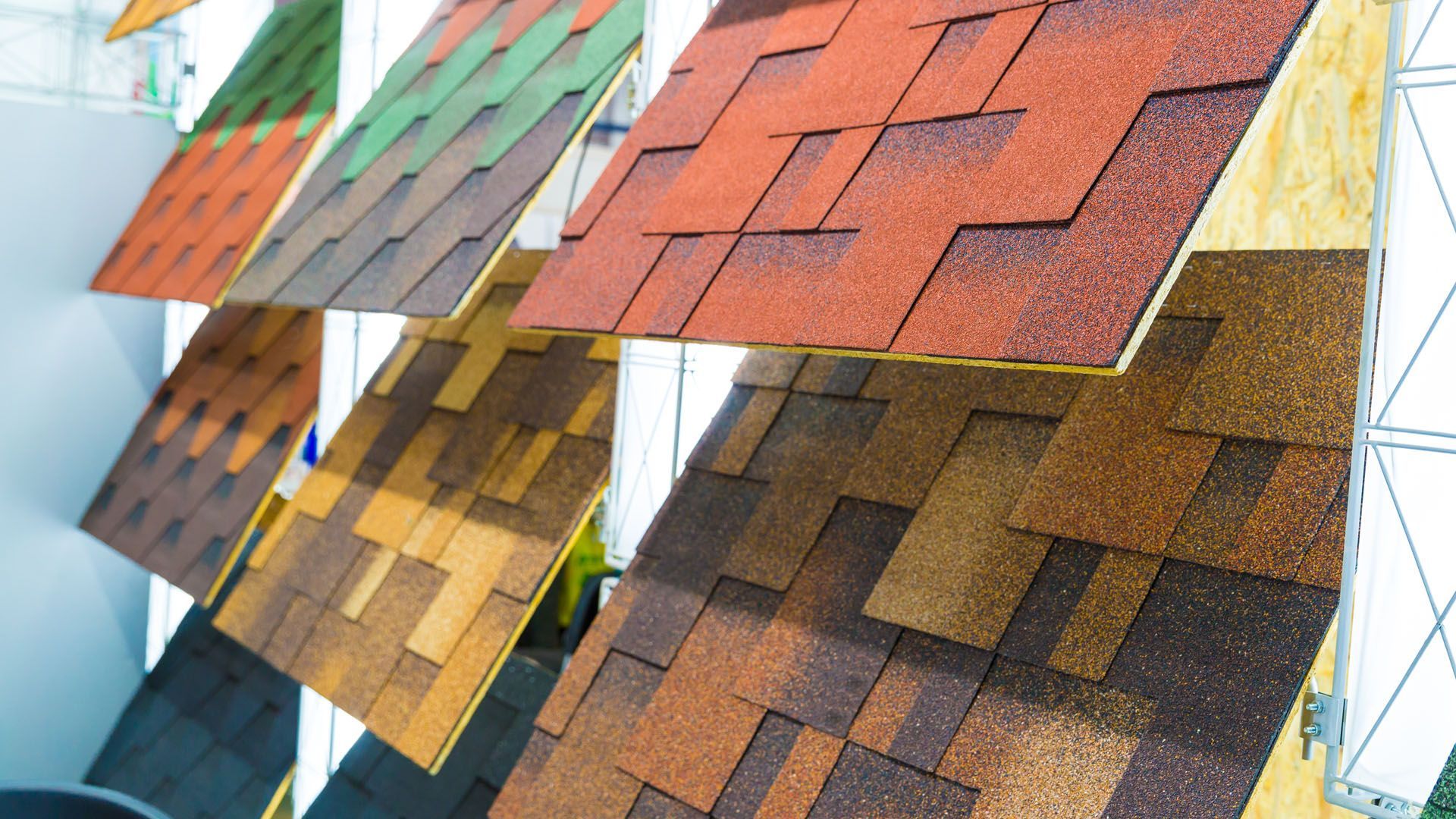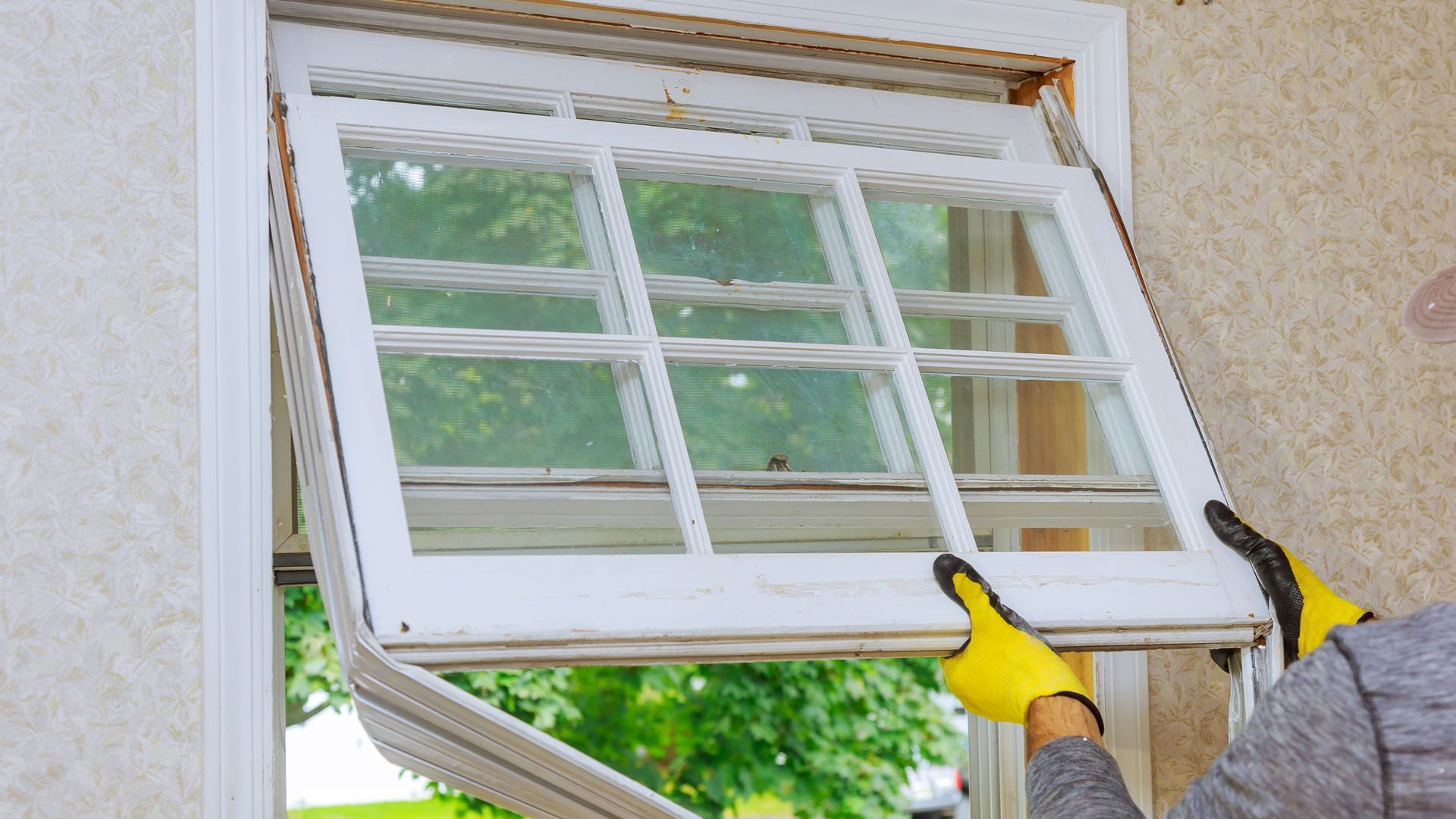Are Roof Warranties Transferable? Everything You Need to Know!
Are roof warranties transferable? Yes, some roof warranties are transferable to a new homeowner, but the process and conditions vary by manufacturer and contractor. In this article, we’ll explain how roof warranty transfers work, the types of warranties that can be transferred, and what you need to do to ensure a smooth transition.
Key Takeaways
- Roof warranties provide essential protection against defects in roofing materials and installation, and understanding their coverage types is crucial for homeowners.
- Transferability of roof warranties is generally more favorable with manufacturer warranties, but specific conditions and timeframes often apply that must be adhered to for validity.
- Maintaining thorough documentation and following manufacturer guidelines are important for ensuring warranty coverage and facilitating a smooth transfer process.
Understanding Roof Warranties

A roof warranty is essentially a written promise that guarantees the roof replacement or repair of a faulty roof, providing homeowners with assurance against defects. These warranties are crucial as they offer protection against the unexpected, ensuring that your investment in roofing materials and installation is safeguarded. Roof warranties are typically offered by both roofing manufacturers and roofing companies.
Roofing warranties can be broadly categorized into three main types:
- Standard manufacturer’s warranties: These generally cover defects in roofing products but often exclude labor, installation, and disposal costs.
- Workmanship warranties from contractors: These focus on the quality of the installation and may vary significantly, sometimes even offering lifetime coverage against material failures due to installation errors.
- Extended manufacturer warranties: These provide an enhanced level of protection, covering the entire roofing system, including repair and replacement costs.
Knowing what a warranty covers and doesn’t is crucial. While some warranties include coverage against installation errors, they typically do not cover damage from external factors like storms or unauthorized alterations. A basic limited lifetime warranty may offer varying degrees of protection, primarily focusing on defective materials.
Understanding the specific terms and conditions of your roof warranty helps avoid unpleasant surprises and ensures you maximize your coverage benefits.
Transferability of Roof Warranties
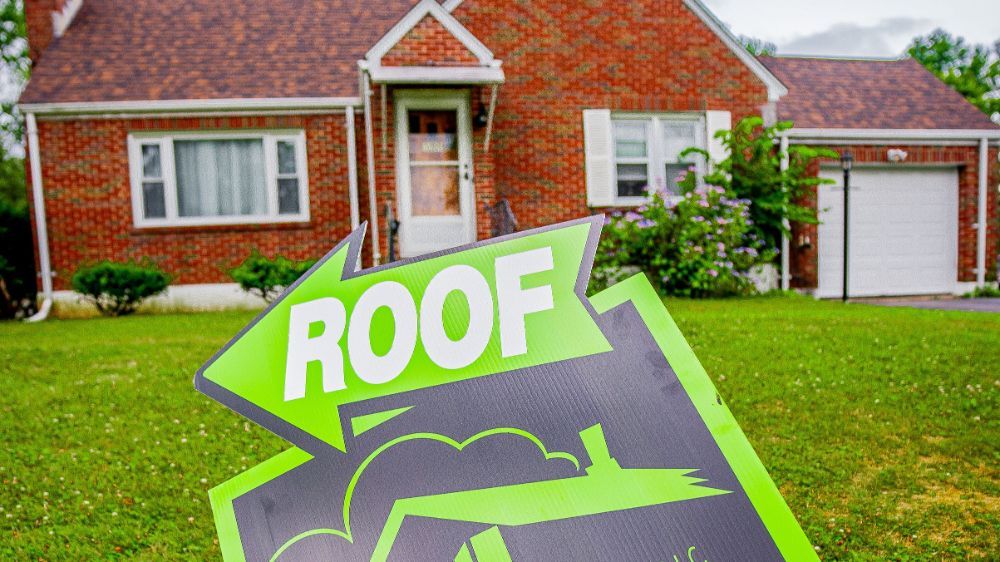
When it comes to buying or selling a home, the question often arises: are roof warranties transferable? The good news is that some manufacturers do allow roof warranty transfers to a new owner. This is particularly beneficial as it can offer peace of mind for the new homeowner, knowing that they are protected against potential roofing issues, including transferable warranties.
The transferability of roof warranties, however, is not always straightforward. Manufacturer warranties are generally more likely to be transferable compared to contractor warranties. Conditions often apply, such as the age of the roof at the time of transfer and the requirement to complete the transfer within a specific timeframe after the property sale. Most manufacturers allow at least one transfer of roofing warranties transferable, but this can vary, with some warranties being transferable once, twice, or more times depending on the terms.
Adhering to manufacturer guidelines ensures the warranty remains valid. Failure to follow these guidelines, such as not completing the transfer within the specified timeframe or neglecting to pay any associated administrative fees, can void the warranty.
Therefore, understanding the specific procedures and limitations for transfer roof warranties is essential for both sellers and buyers.
How to Transfer a Roof Warranty
Transferring a roof warranty involves several steps, but with proper preparation, the process can be smooth and straightforward. The first and most critical step is to maintain accurate and thorough documentation. This includes proof of ownership, the installation date, and proof of purchase. These documents are essential for validating the warranty transfer and ensuring compliance with manufacturer requirements.
To initiate the transfer, the homeowner must notify both the roofing company and the manufacturer about the transfer request. Most manufacturers will require an administrative fee to complete the transfer process. Adhering to the specified transfer window is vital—some manufacturers, like Owens Corning, require the transfer request to be submitted within 60 days after the closing of the real estate transaction. Ensuring all necessary paperwork is organized and submitted within this timeframe is crucial to avoid any issues.
In cases where the seller does not have the required warranty documents, the buyer can contact the contractor or supplier for proof of purchase. Additionally, checking the county website or building permits can help retrieve proof of ownership.
Following these steps and maintaining proper documentation facilitates a successful roof warranty transfer, ensuring the new owner benefits from the coverage.
Benefits of Transferable Roof Warranties
A transferable roof warranty offers several significant benefits, particularly when a homeowner sells a home. One of the most notable advantages is the potential increase in the home’s selling price. In a competitive housing market, having a transferable warranty can set a property apart from others, making it more attractive to potential buyers.
For buyers, a transferable warranty provides assurance and mitigates concerns about unexpected repair costs. Knowing that the roof has been installed with quality materials and workmanship, as indicated by a valid warranty, adds to the home’s overall appeal. Additionally, addressing any roofing issues under warranty before selling can improve the home’s condition and market value.
Proper documentation is essential to confirm that the new owner is eligible for warranty benefits. While some manufacturers may charge a small fee for the warranty transfer process, the benefits of having a transferable warranty often outweigh these costs. Therefore, ensuring your roof warranty is transferable can provide significant advantages for both sellers and buyers.
What Voids Roof Warranties?
Understanding what actions can void a roof warranty is crucial for maintaining coverage. One of the most common ways to void a warranty is by hiring an unlicensed roofing contractor for the installation, as improper techniques can lead to significant issues. Even with a licensed installer, failing to adhere to the manufacturer’s installation guidelines can nullify the warranty.
Using roofing materials that are not approved by the manufacturer is another common mistake that can result in the loss of warranty coverage. Additionally, mixing products from different manufacturers on the same roof is typically prohibited and can void warranties. Regular maintenance is also vital; neglecting to perform routine inspections and upkeep can lead to premature roof deterioration and void the warranty.
Unauthorized modifications, such as DIY installations or adding solar panels without proper authorization, can also invalidate the warranty. Following the manufacturer’s guidelines and maintaining regular roof inspections ensures your roof warranty remains valid and effective.
Key Questions to Ask About Transferable Roof Warranties
When dealing with roof warranties, it’s essential to ask the right questions to maximize your protection. First, inquire whether the warranty is transferable and under what conditions. Understanding the transferability of the warranty indicates the level of confidence the manufacturer has in their product.
Next, ask about the specific terms and conditions of the warranty, as these can vary significantly among manufacturers and contractors. Knowing the exact coverage, exclusions, and required maintenance can help you avoid actions that might void the warranty. Additionally, when buying a home, ensure you ask about the roof warranty and the necessary documentation for a warranty transfer.
Finally, confirm the timeframe for submitting a transfer request and any associated fees. By reading the fine print and asking these critical questions, you can ensure that you fully understand the warranty and maximize your protection.
Understanding Warranty Terms: Limited, Lifetime, and Extended
Roof warranties come with various terms, each with different implications for coverage and duration. Common terms include limited, lifetime, and limited lifetime warranties. Most manufacturers offer lifetime coverage, but the definition of ‘lifetime’ can vary, referring to the lifespan of the materials, the original homeowner’s lifetime, or the life of the installer.
A limited warranty means that certain conditions apply, and there may be restrictions based on time, causes of problems, and excluded costs. Standard warranties usually exclude coverage for issues like premature shingle failure. This type of failure is often a result of poor installation. Therefore, it’s crucial to understand the specific terms and limitations of a limited warranty.
Extended warranties provide an extra layer of protection beyond the standard coverage. These warranties may include coverage for installation errors and can last up to 50 years. However, they often come at an additional cost and may require specific installation by certified contractors. Understanding these terms can help you choose the right warranty for your needs and ensure comprehensive coverage.
Manufacturer vs. Contractor Warranties

Roof warranties can be categorized into three main types: standard manufacturer’s warranties, workmanship warranties from contractors, and extended manufacturer’s warranties. Each type of warranty offers different coverage and has distinct transfer restrictions.
Standard manufacturer’s warranties typically cover defects in materials but do not include installation errors. These warranties focus on product defects, while contractor warranties cover the quality of the installation. Contractor warranty workmanship warranties can vary significantly in length and coverage, with some offering lifetime coverage against installation-related issues.
Extended manufacturer warranties offer the most comprehensive coverage, including both materials and workmanship. These warranties often require specific installation by certified contractors and can include non-prorated coverage for up to 50 years, covering repair or replacement costs, including labor. Understanding the differences between these warranties can help you make an informed decision about the best coverage for your roof.
Importance of Proper Documentation
Proper documentation is crucial for maintaining the validity of a roof warranty and ensuring a smooth transfer process. Homeowners must follow strict guidelines and read the transferability section carefully to ensure the warranty remains transferable. Keeping accurate records simplifies the warranty transfer process and ensures compliance with manufacturer requirements.
Documentation should include proof of the installation date, proof of purchase, and any original manufacturer’s warranty documents with details of the manufacturer, warranty type, and expiration date. This information is essential for validating the warranty and ensuring eligibility.
Additionally, homeowners should ask about the specific timeframe for completing the warranty transfer after the sale of the home and any associated fees. By maintaining proper documentation and following the required procedures, homeowners can ensure their roof warranty remains valid and effective.
Summary
In conclusion, understanding roof warranties and their transferability can provide significant peace of mind for homeowners. From knowing the different types of warranties to ensuring proper documentation, each step is crucial for maintaining coverage and maximizing the benefits of your warranty.
By asking the right questions, adhering to guidelines, and keeping accurate records, you can navigate the complexities of roof warranties with confidence. Ensuring your roof warranty remains valid and transferable not only protects your investment but also adds value to your home, offering reassurance to future buyers.
FREQUENTLY ASKED QUESTIONS
Have Questions? We Have Answers
Share this Post

